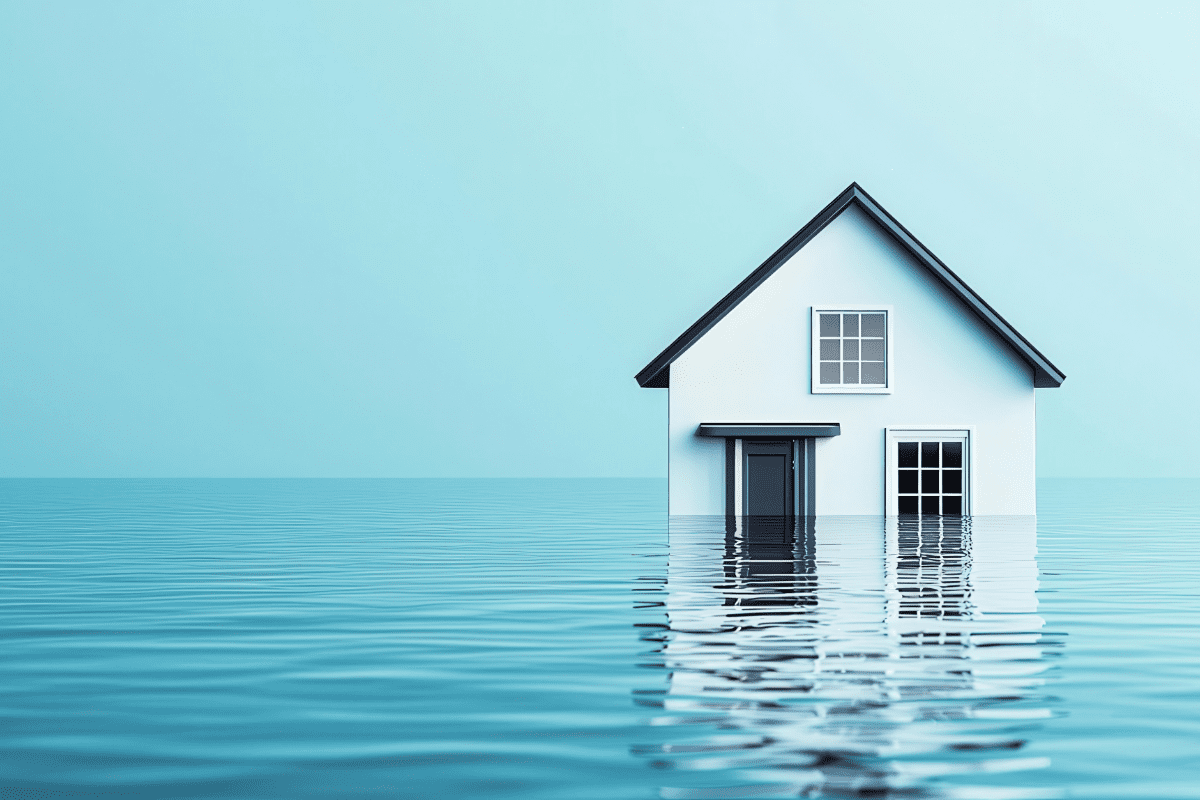
Home Insurance vs. Flood Insurance: What Central Texas Homeowners Need to Know
When It Rains, It Pours: Know If Your Policy Can Weather the Storm
If you’re a homeowner in Central Texas—especially in the Hill Country—you’ve likely seen your fair share of heavy storms, rising creeks, and flash flood warnings. With recent flooding across the region, many homeowners are asking a smart question: Does my home insurance cover flood damage?
Short answer: probably not.
Let’s break down the key differences between homeowners insurance and flood insurance—and why understanding the gap between them could save you from a costly surprise.
What Water Damage Does Standard Homeowners Insurance Cover?
Homeowners insurance is designed to protect you from sudden and accidental types of damage. So when it comes to water, your standard policy may cover:
✅ Burst pipes
✅ Overflowing washing machines or dishwashers
✅ A sudden roof leak from a windstorm
✅ Accidental leaks from HVAC systems or water heaters
These are internal, one-time events that happen inside your home or are connected to your plumbing or appliance systems.
What it doesn’t cover:
❌ Water damage from flooding (rising water from outside your home)
❌ Sewer or drain backups (unless you’ve added a specific endorsement)
❌ Long-term leaks due to poor maintenance (unless you’ve added a specific endorsement for hidden water damage from leakage or seepage)
❌ Groundwater seepage into your foundation or basement
And here’s the kicker: flood damage is explicitly excluded from most standard homeowners insurance policies. That’s where flood insurance steps in.
What Is Flood Insurance—and What Does It Cover?
Flood insurance is a separate policy—either through the National Flood Insurance Program (NFIP) or a private carrier—that specifically covers damage caused by rising water from natural sources. In Texas, this often means heavy rain, overflowing rivers or creeks, and flash flooding.
Flood insurance typically covers:
🏚️ Structural damage to your home (walls, floors, foundation)
🛋️ Essential systems like electrical, plumbing, HVAC, and built-in appliances
🛏️ Personal property (furniture, clothing, electronics) — if contents coverage is included
📦 Cleanup costs and debris removal
Keep in mind: Flood insurance does not cover damage from moisture or mildew that could have been prevented, and it won’t pay for landscaping or temporary housing. It’s meant to get your home livable again—not necessarily to make it pristine.
“I’m Not in a High-Risk Flood Zone—Do I Still Need Flood Insurance?”
Here’s the surprising part: more than 20% of flood claims come from homes outside high-risk flood zones. And if you live in Central Texas, you know how unpredictable storms and flash floods can be, especially in low-lying or limestone-heavy areas like Wimberley, Dripping Springs, or Marble Falls.
Even if your mortgage lender doesn’t require flood insurance, you could still be vulnerable—and footing the bill for water damage that your homeowners insurance simply won’t touch.
How Much Does Flood Insurance Cost?
The cost of flood insurance varies based on your home’s location, structure, elevation, and flood risk. Many Central Texas homeowners are surprised to find that flood insurance can be relatively affordable, especially in moderate- to low-risk areas.
The NFIP has made recent pricing reforms to better reflect real-time flood risk, so it’s worth reviewing your property with a trusted agent who can walk you through your options.
Final Thought: Protect What Matters Before the Next Storm
Flooding doesn’t have to be catastrophic to be expensive. Just one inch of water can cause more than $25,000 in damage to your home. If you’re relying solely on your homeowners insurance, you may not be as protected as you think.
At Dowd Insurance Agency, we’re here to help Central Texas homeowners understand their policies, assess flood risk, and find the right coverage for their unique property.
Give us a call or request a quote today—we’ll help you stay high and dry, no matter what the Hill Country skies bring.
Categories: Blog
Tags: Flood Insurance, Home Insurance
